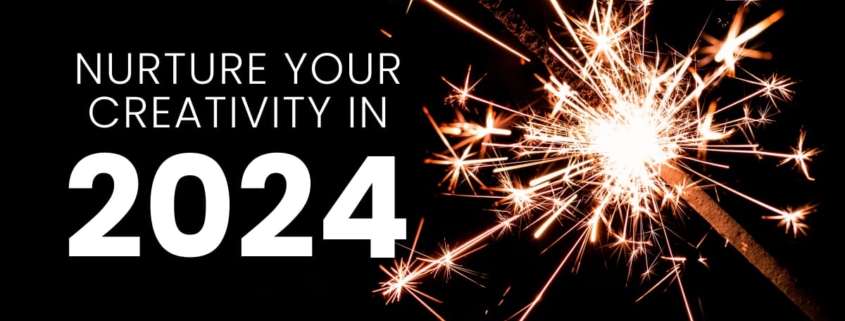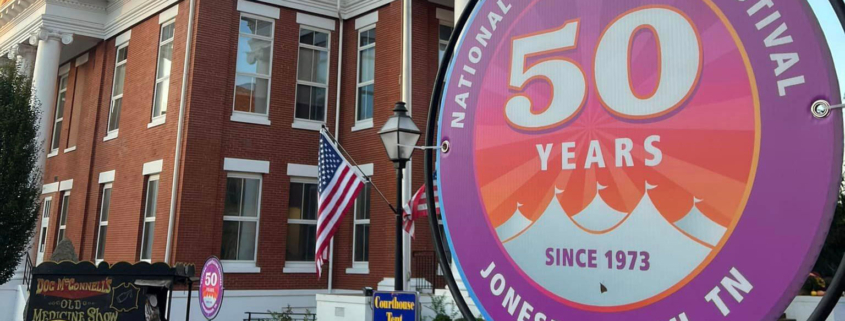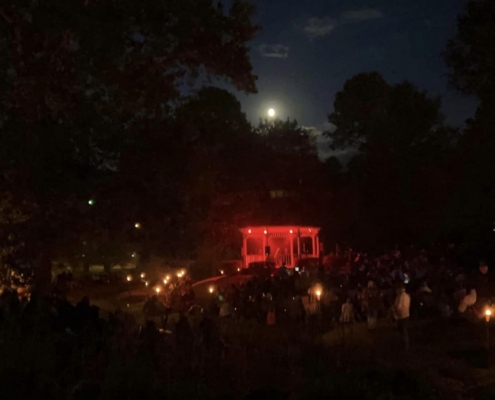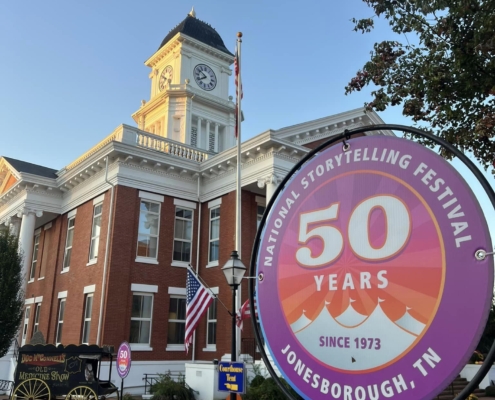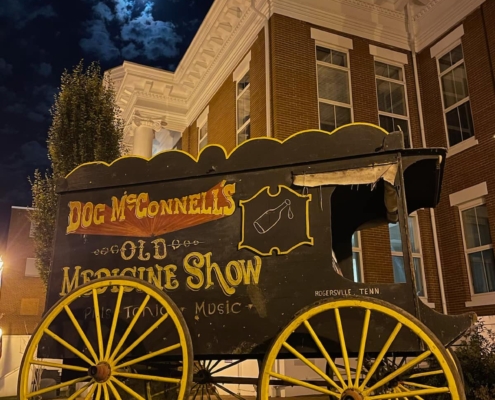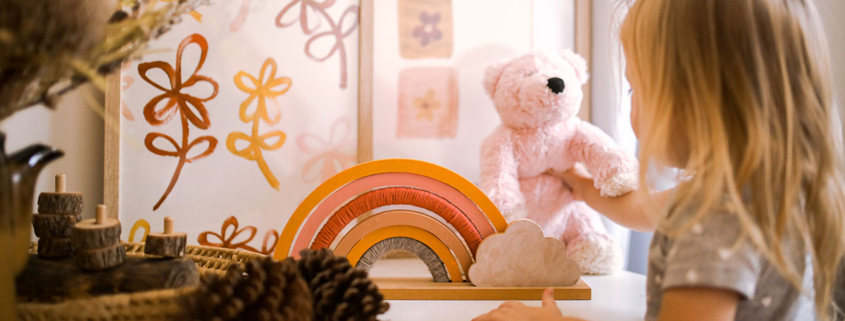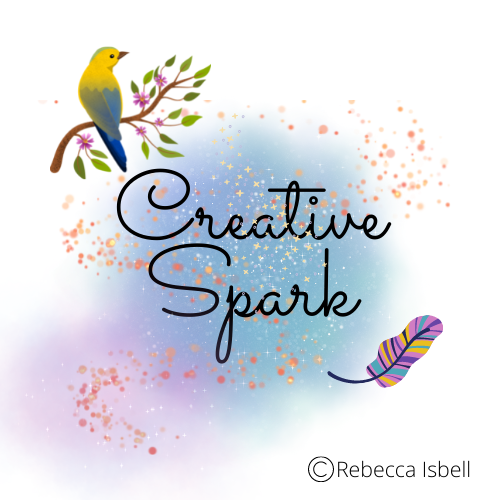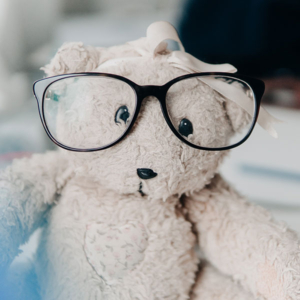The International Storytelling Center in Jonesborough, TN, just celebrated its 50th year of the Storytelling Festival. It was the perfect October weekend to have thousands of folks listen to stories under the big white tents scattered through the oldest town in Tennessee. I am indeed lucky to live in this beautiful town where the storytelling movement began.
Early in my life, I was blessed to have a father who told wonderful stories: Uncle Remus, Classic Tales, and his personal stories. He embedded in me a great love for stories told and their power to entertain and teach.
When I began thinking about my research for my dissertation, I already had a question I wanted to answer, “How do stories told or read impact the Oral Language of Young Children?” My research helped me realize that both reading and telling to young children positively impact their story sense, expand vocabulary, and help them understand the meaning of the story (moral). But storytelling has unique benefits that strengthen story comprehension, including remembering the sequence of events and inviting engagement with the story.
The children who had their stories told could better retell the stories – a measure of their story comprehension. Twenty years later I replicated the research with different 3–5-year-old children and had very similar results. Of course, we should read a book every day to young children, but we should also enrich their language experiences during these critical early years by adding stories told. Find a great story, with a few characters, and repeated phrases so children can join in and help you tell the story. They will ask you to tell it again, and again.

“Original Stories Created by Young Children”
Let’s talk about stories. What are some of your favorite stories? What do we need to include in our story creation?
Setting: Where does the story take place?
Characters: Who do you want to include?
What is going to happen in our story? (sequence)
What can we learn from the story? (moral)
In a collaborative group, we begin to create our story. Once there was…
…and the story continues. Each child in the group can add their own element, sound effects, or repeated phrases as we progress around the circle. Any child can pass if he is not ready to add anything. But, always return to that child later so he can contribute when he is more confident. Provide supportive comments as the children provide their addition:
- Interesting idea…
- Tell me more…
- What happened next?
- Can you add sounds?
- What happens after that?
- What if…?
- How did…happen?
- You are so creative when you say…
Teacher directions: Have paper or a technology device so you can record the words the children use in the story. This story can be reread later or told again. The story can be revised and refined another day with those who are interested in the story development. Some children may want to draw illustrations or dramatize the story as they expand their interest. Children who have heard stories read and told love to create their own intriguing stories.
My hope is that you catch the storytelling bug! You will experience the intensive interest the children demonstrate when you tell the story.

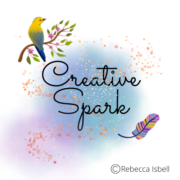 For the next few months, I will be sending you “Creative Sparks” that you can use in your classroom or at home. Each of these suggestions will be short and easy to do, but they will help you discover how many great ideas you have when you stimulate your thinking and implement the innovative possibilities!
For the next few months, I will be sending you “Creative Sparks” that you can use in your classroom or at home. Each of these suggestions will be short and easy to do, but they will help you discover how many great ideas you have when you stimulate your thinking and implement the innovative possibilities!
